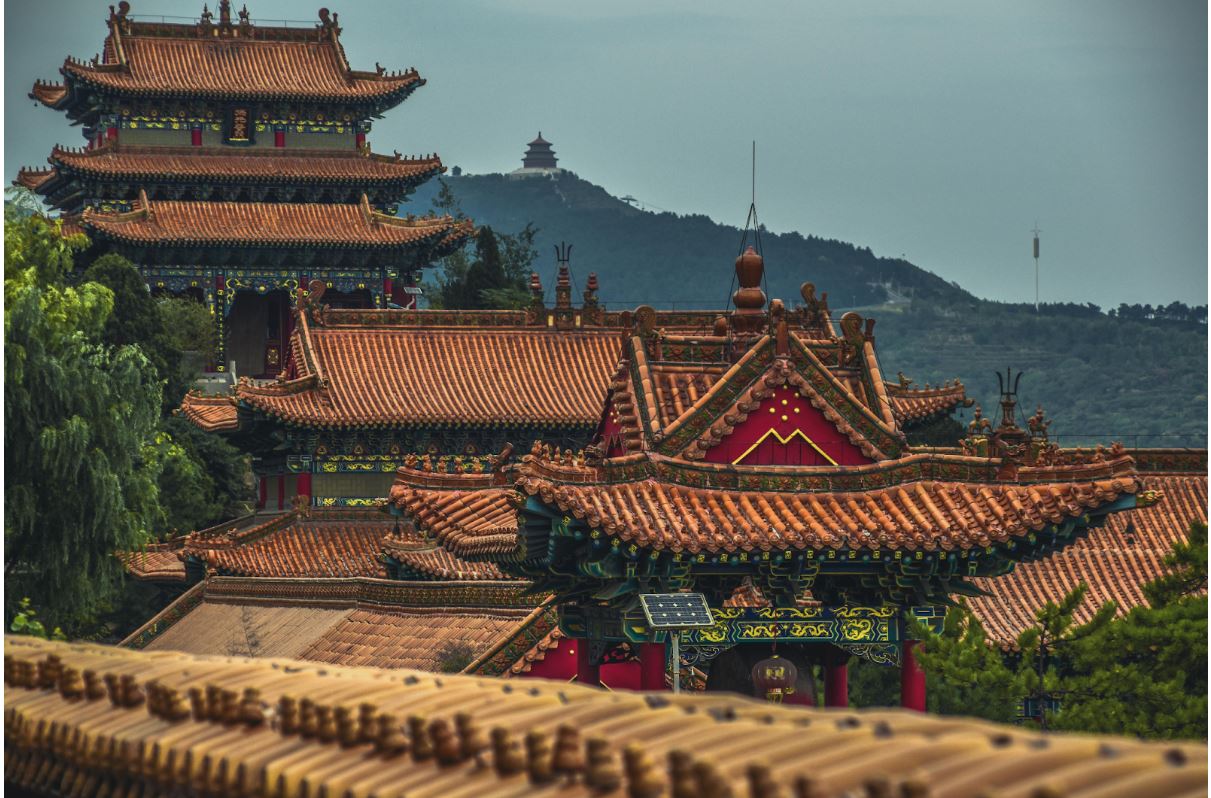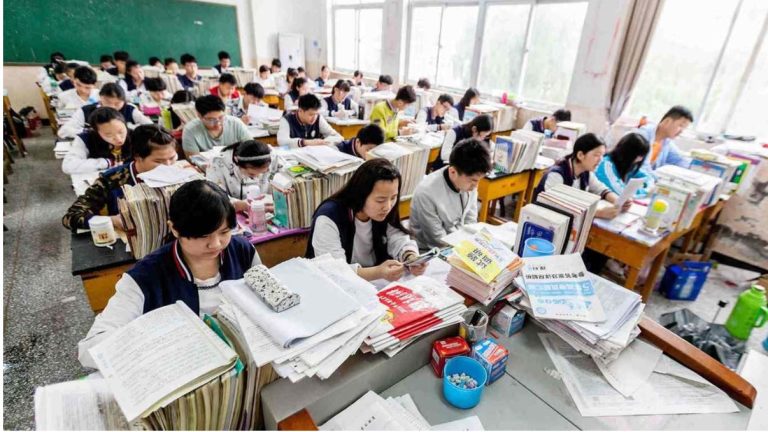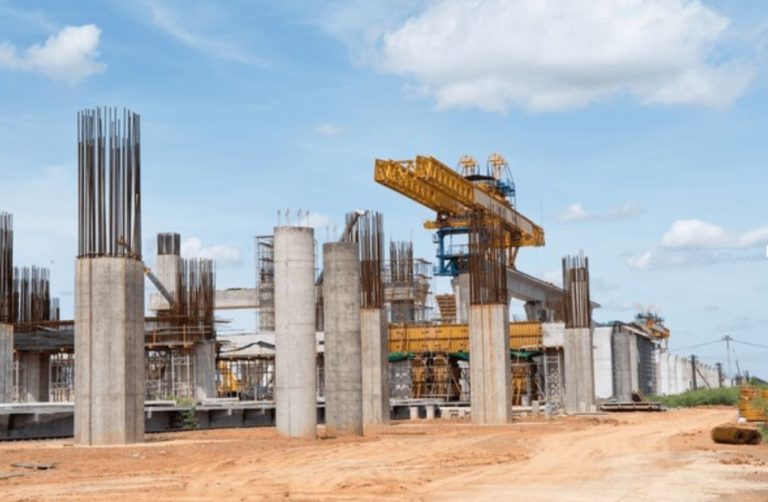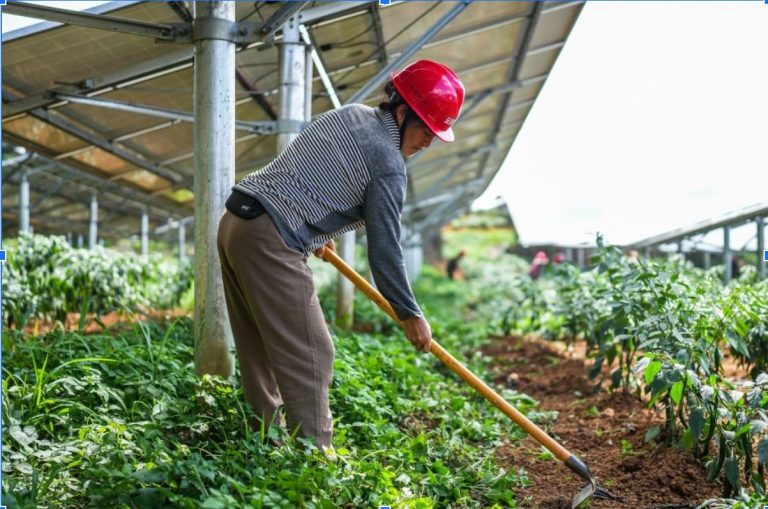China’s Triumph Over Poverty: A Model for Global Development and Shared Prosperity
Beijing, China – China has achieved a monumental feat in human history: the eradication of absolute poverty. This extraordinary accomplishment, declared in February 2021, marks a pivotal moment not only for the nation but also for global development. The journey, characterized by continuous efforts to consolidate and expand poverty alleviation achievements, is now in its final year of a five-year transitional period, firmly upholding the bottom line of preventing any large-scale relapse into poverty. This success story offers invaluable lessons and a compelling model for other developing nations striving for shared prosperity.
A Decade of Unprecedented Progress
China’s poverty alleviation campaign has been a testament to strategic planning, targeted interventions, and the unwavering commitment of its government and people. By the end of 2024, a remarkable 33.05 million individuals from previously impoverished households were engaged in employment, a figure that has consistently remained above 30 million for four consecutive years [1]. This sustained employment has been a cornerstone of income generation and stability for millions.
The economic impact on rural communities has been profound. Last year, the per capita disposable income of rural residents in counties that had shaken off poverty reached 17,522 yuan (approximately 2,450 U.S. dollars), representing a significant 24.7 percent increase over 2021. For four consecutive years, income growth in these counties has outpaced the national average for rural residents, signaling a robust and equitable development trajectory [1].
As Huang Zhongshi, a resident of Shima Village in Sichuan Province, eloquently put it, “Thanks to the nation’s good policies, my life today wouldn’t be possible without the poverty alleviation campaign.” His sentiment echoes across countless communities that have witnessed their environments improve, industries develop, and confidence grow towards achieving common prosperity [1].
Pillars of Success: Targeted Strategies and Holistic Development
A recent report by Xinhua Institute, a national high-level think tank, highlighted five key aspects that have underpinned China’s success in consolidating and expanding its poverty alleviation gains [1]:
- Dynamic Monitoring and Targeted Support: Establishing robust mechanisms to guard against a relapse into poverty through continuous monitoring and precise, needs-based assistance.
- Infrastructure Upgrades: Investing heavily in infrastructure to bridge connectivity gaps, thereby fostering improved access and integrated urban-rural development.
- Industrial Development for Employment: Securing stable employment and increasing income for the rural population through the strategic development of local industries.
- Specialty Industries and Clustered Development: Cultivating unique local industries with integrated clustered development models that directly benefit farmers and create sustainable economic ecosystems.
- Robust Safety Net: Ensuring a comprehensive safety net with targeted assistance programs for the most vulnerable, providing a crucial buffer against economic shocks.
These practices have ensured the continuity of poverty reduction policies, stability of assistance, and sustainability of development, creating a virtuous cycle of growth and empowerment [1].
Trend Analysis: From Poverty Eradication to Rural Revitalization
China’s poverty alleviation experience reflects a broader trend in its national development strategy: a shift from merely lifting people out of poverty to fostering comprehensive rural revitalization. This evolution is characterized by:
- Sustainable Development: The focus has moved beyond immediate relief to creating long-term, sustainable livelihoods and economic opportunities in rural areas.
- Integrated Urban-Rural Development: Recognizing that rural prosperity is intertwined with urban development, policies are increasingly aimed at reducing disparities and promoting balanced growth across regions.
- Emphasis on Local Context: The implementation of targeted poverty alleviation strategies, tailored to the specific conditions and needs of different regions, has been crucial. This localization of international best practices has been a key factor in its success [1].
- Digital Inclusion: Leveraging technology and digital platforms to connect rural producers with broader markets, enhance educational opportunities, and improve access to services.
- Global Cooperation: China is actively sharing its experiences and models with other developing countries, positioning itself as a co-creator in global poverty reduction efforts rather than just a donor [1].
A Global Model for Poverty Reduction
China’s experience has garnered significant international attention and praise. Mamou Daffe, Mali’s Minister of Handicrafts, Culture, Hotel Industry, and Tourism, noted the high value of China’s report, particularly in demonstrating how industrial development can lead to prosperity, offering significant reference value for Mali [1]. Similarly, Hector Villagran-Cepeda, Ecuador’s former trade representative counselor to China, expressed hope that China would share more of its poverty governance experience, especially on achieving rural revitalization through modern development approaches [1].
By the end of 2024, China had provided development assistance to over 160 countries and jointly advanced the Belt and Road Initiative with more than 150. The Global Development Initiative, launched over three years ago, has mobilized nearly 20 billion U.S. dollars in development funding, implemented over 1,100 projects, and brought tangible benefits to people in numerous countries [1]. This demonstrates China’s commitment to a global community with a shared future, where developing countries are regarded as equal “co-creators” in the tide of modernization.
Conclusion: A New Form of Civilization
China’s triumph over absolute poverty is more than a statistical achievement; it represents an elevation to a new form of civilization, characterized by inclusive growth, sustainable development, and shared prosperity. As a developing nation that has lifted the largest number of people out of absolute poverty, China contributes its unique experience to spark a dialogue among civilizations on the essence of human progress. Its exemplary model proves that with strategic vision, unwavering commitment, and innovative approaches, even the most entrenched poverty can be overcome, paving the way for a more equitable and prosperous world for all.
References
[1] People’s Daily Online. (2025, July 12). Think tank report highlights China’s poverty alleviation experience. Retrieved from https://en.people.cn/n3/2025/0712/c90000-20339365.html







